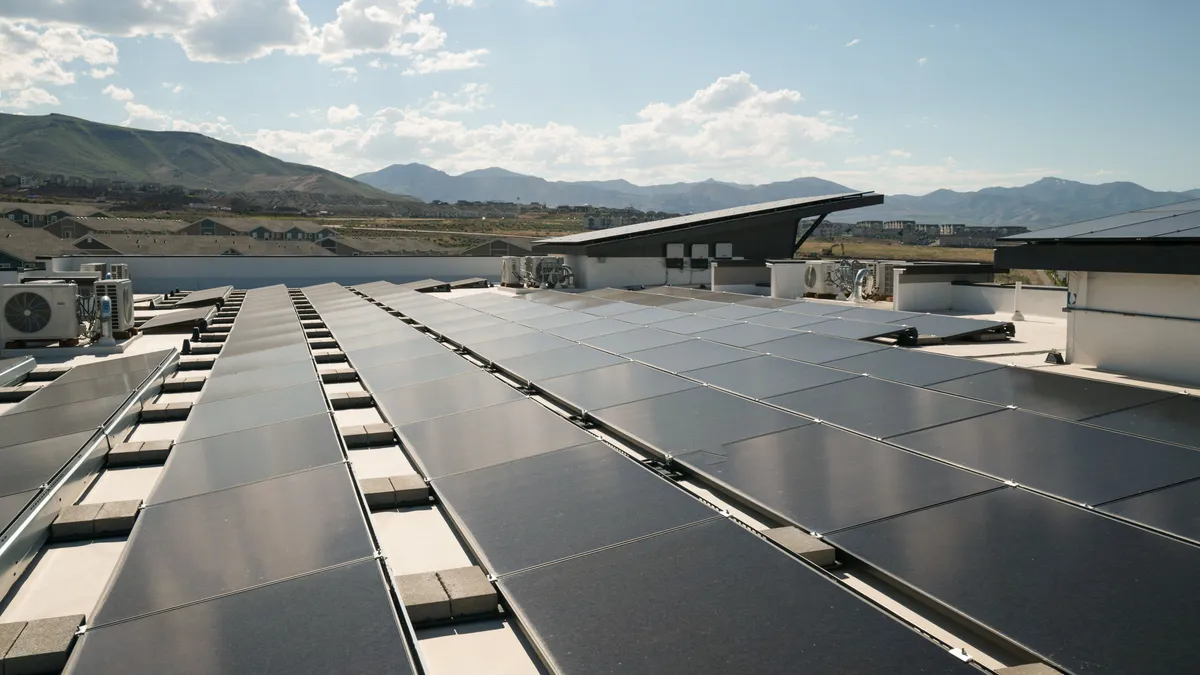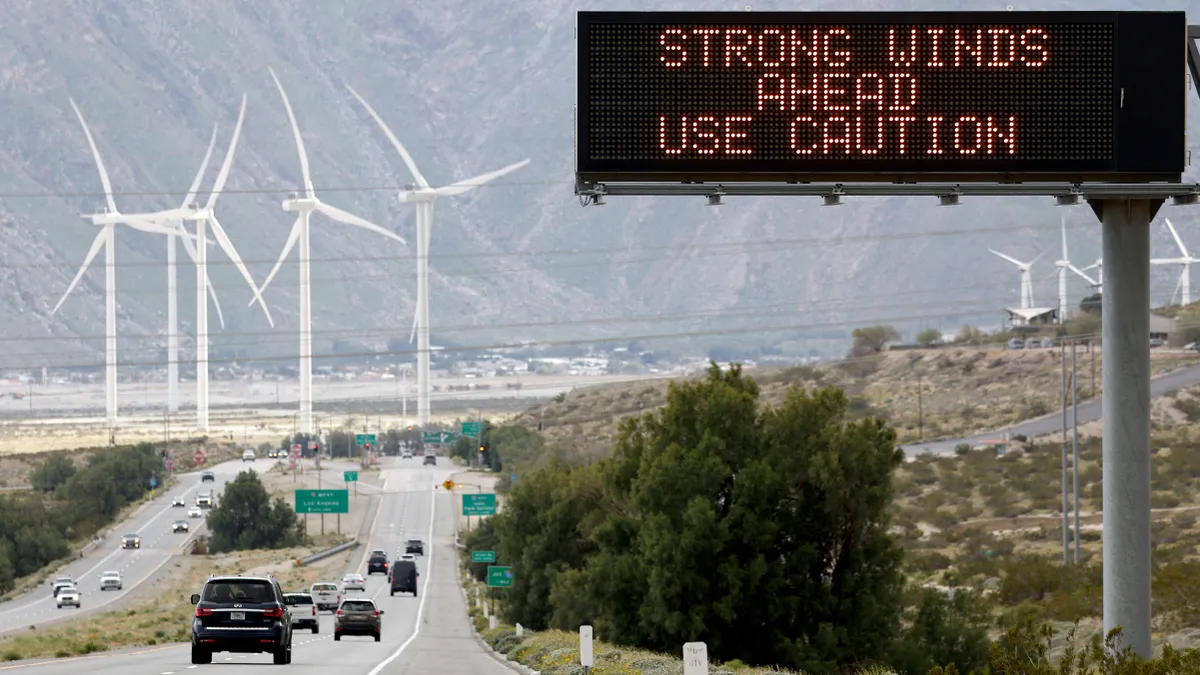Patty Cook is senior vice president of market development, distributed flexibility solutions, at ICF. Steve Fine is vice president of distributed grid strategy at ICF and an ICF Climate Center senior fellow.
The clean energy transition is progressing globally, with virtual power plants, which are aggregations of managed energy resources such as rooftop solar and storage, poised to emerge as a critical resource. Between 2023 and 2030, U.S. electricity demand may increase by 200 GW due to electrification, according to the recent Department of Energy VPP Liftoff report. As DOE identifies, flexible distributed energy resources could expand by 80 GW to 160 GW to cost-effectively offset much of this increase. VPPs can reliably provide grid services for the bulk power system and to optimize the distribution grid. Expanding the use of VPPs could avoid about $10 billion in annual grid costs.
VPPs not only support rapid electrification and meeting decarbonization targets, but also optimize spend at the distribution system level and help bypass the need to build capacity. As distributed energy resources come onto the grid at scale in the coming years, the primary objective for utilities must be to continue to ensure the grid remains reliable, becomes clean and is affordable for all customers — and VPPs play an important role in achieving these goals.
Think of the grid as a bustling freeway, with many off-ramps, on-ramps and various flows of traffic spanning one-way and two-way traffic patterns. Adding signals is beneficial to controlling traffic patterns — however, all signals in a city must be harmonized to benefit all drivers. This is a helpful way to think about the utilities’ role as the “orchestrator” as VPPs scale. As utilities electrify, they’ll need to step into this orchestrator role to right-size distribution investments, ultimately achieving reliability, affordability and equity on the road to clean energy.
Embracing the benefits of VPPs
Across the U.S., VPP deployment is well underway. About 25 states are “active in VPP deployment strategies” including North Carolina, Florida, West Virginia, Vermont and Massachusetts, in addition to Texas and California. VPPs are typically deployed in two forms, via third-party aggregators that are hyperlocal, such as a household thermostat or a small community, or hosted by utilities.
Like uncoordinated traffic signals, third-party aggregators operate independently and are not harmonized. That’s where utilities come in: Over time, it will be necessary to integrate VPPs into emerging integrated planning frameworks, address the challenges utilities have faced in the context of DER procurement, and facilitate coordination between rate-making, programs and procurement processes. This level of planning and integration across utility silos is no small feat, but will be necessary to demonstrate prudency for investments, promote grid stability, garner regulatory and stakeholder support and build the business case for orchestration.
As utilities work to build and deploy VPPs, they can leverage learnings from energy efficiency playbooks. Today’s energy efficiency programs typically focus on evaluating the cost of the program versus the avoided costs of central station power plants to prioritize public-purpose funds used to fund energy efficiency programs. As the grid electrifies and load grows, the avoided cost of a traditional grid built for peak demand versus the cost of a right-sized grid that relies on well-managed, grid-edge devices could be another value enabler for utility-hosted VPPs.
Load management considerations
Load management strategies are not one-size-fits-all and encompass a spectrum of diverse technologies. The next generation of demand-side management programs must keep the grid reliable, clean and affordable by effectively targeting and measuring demand-side resources so that they can be relied upon as grid resources. As they work to deploy VPPs, utilities can take a holistic approach to building comprehensive load management programs that benefit all customers.
In the long term, load management can enable DERs to bring value to customers and the grid. VPPs offer utilities a powerful tool to grapple with the parallel challenges of enabling electrification and equitable decarbonization while maintaining grid reliability and resilience. Lastly, by optimizing distribution investments, utilities can mitigate costs associated with a high-electrification future that can disproportionately impact low to moderate-income customers, while also maintaining affordability for all customers.
The future of VPPs
Utilities have an important role to play as the orchestrator of successful VPP deployment plans and flexible load management strategies. Today, many successful VPP deployment strategies are orchestrated with utilities in the front seat. For example, Pacific Gas & Electric has an active partnership with Tesla’s VPP program, designed to stabilize California’s grid with clean and reliable energy, maintain energy security for users and increase the value of VPPs with program-based incentives. Portland General Electric is also implementing demand-side options to expand the capabilities of its VPP with the intent to dispatch DERs and flexible loads to provide distribution grid services.
As more VPPs come online, utilities must create a clean, transparent, and well-orchestrated grid. In turn, this effort will help improve affordability, equity and reliability for all, and reduce the cost of achieving climate goals for the future.
Correction: A previous version of this opinion piece erred in citing a forecast from the Department of Energy's VPP Liftoff Report. The report says U.S. electricity demand may grow by 200 GW between 2023 and 2030. We have corrected the error and adjusted the following two paragraphs to reflect that correction. We also have clarified an analogy later in the piece. The authors are comparing third-party aggregators to uncoordinated traffic signals.






















